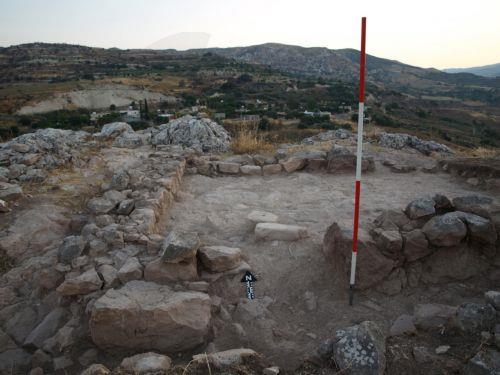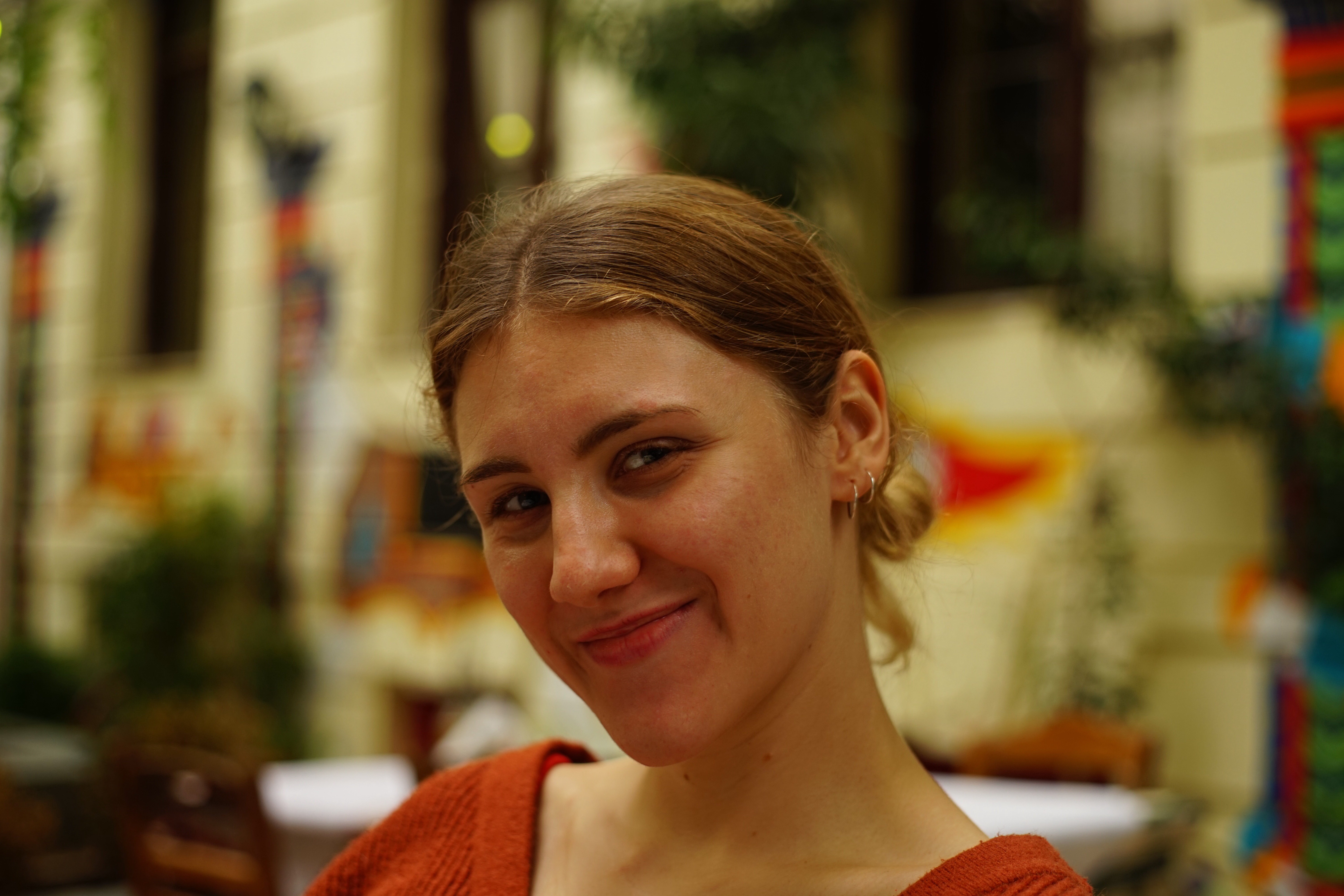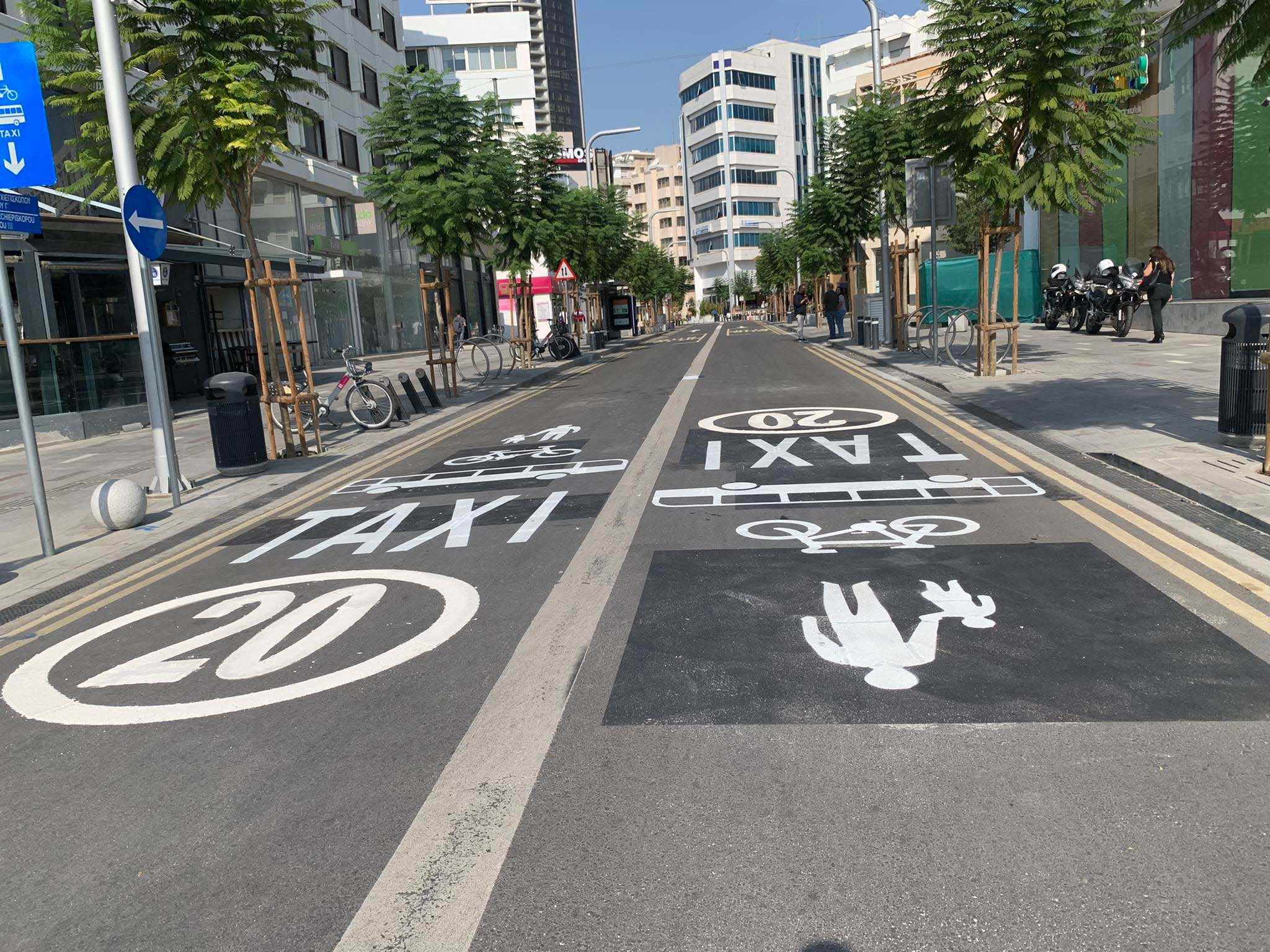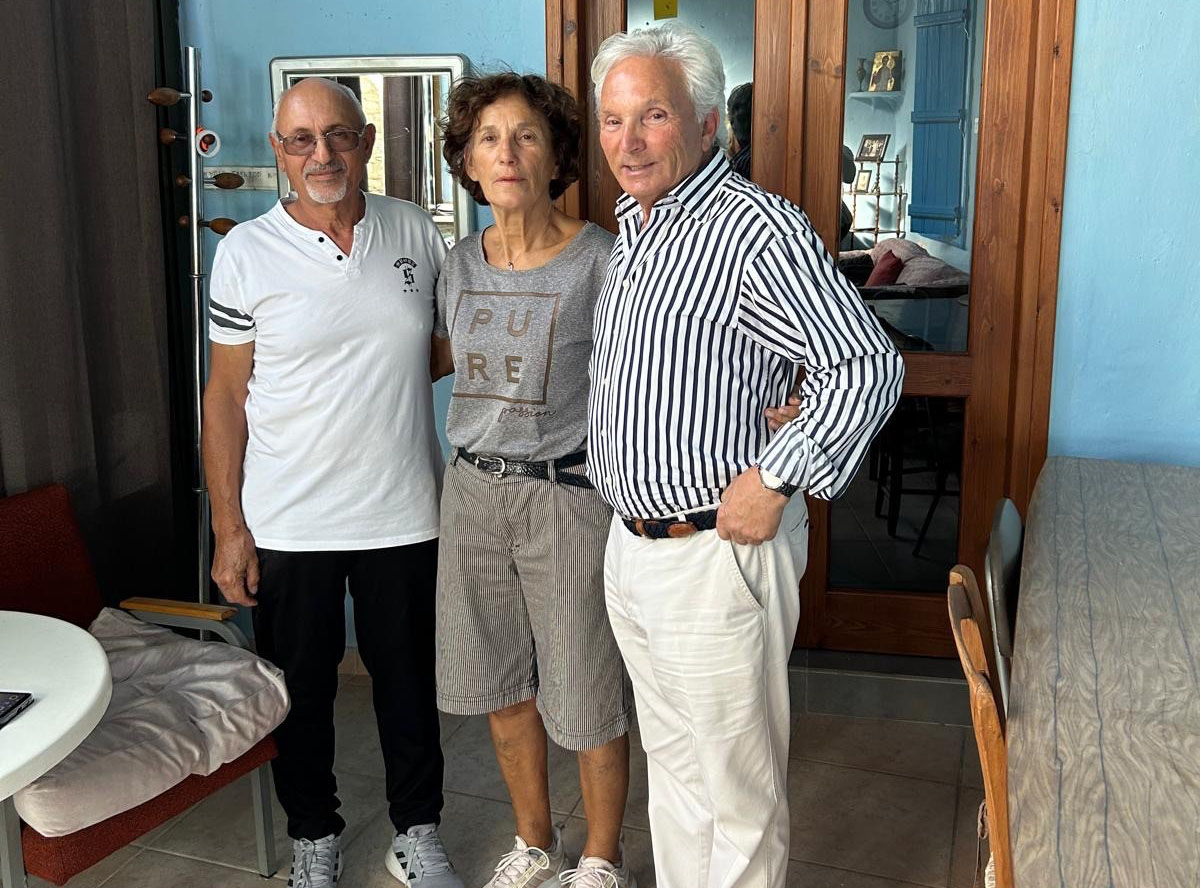Recent excavations carried out at the Pyla-Kokkinokremos archaeological site have revealed new details on the architectural organisation, material culture and everyday life in the Late Bronze Age (1550-1200 BC) settlement.
According to the antiquities department, the findings included the discovery of a new cluster of interconnected rooms, rooms with a bedrock-cut, beaten earth floors, pottery and “an intriguing pedestal-shaped stand” measuring over one metre in height and assumed to have served a cultic function.
The other sector featured open structures linked to craft and maritime work, with one large complex yielding ceramics, loom weights and a bronze fishing hook, indicating that the area could have served as a multifunctional workspace, possibly used for both textile- and maritime-related activities. Other areas showed eroded or partial walls, possibly old terraces or foundations.
The excavations, carried out in March and April 2025, revealed a mix of dense and open construction, offering insights into domestic life, suggesting that the community engaged in both local production and wider trade networks, the antiquities department said.
The project was led by Joachim Bretschneider (Ghent University), in collaboration with Sorin Hermon (Cyprus Institute) and Reinhard Jung (Austrian Academy of Sciences).







Click here to change your cookie preferences